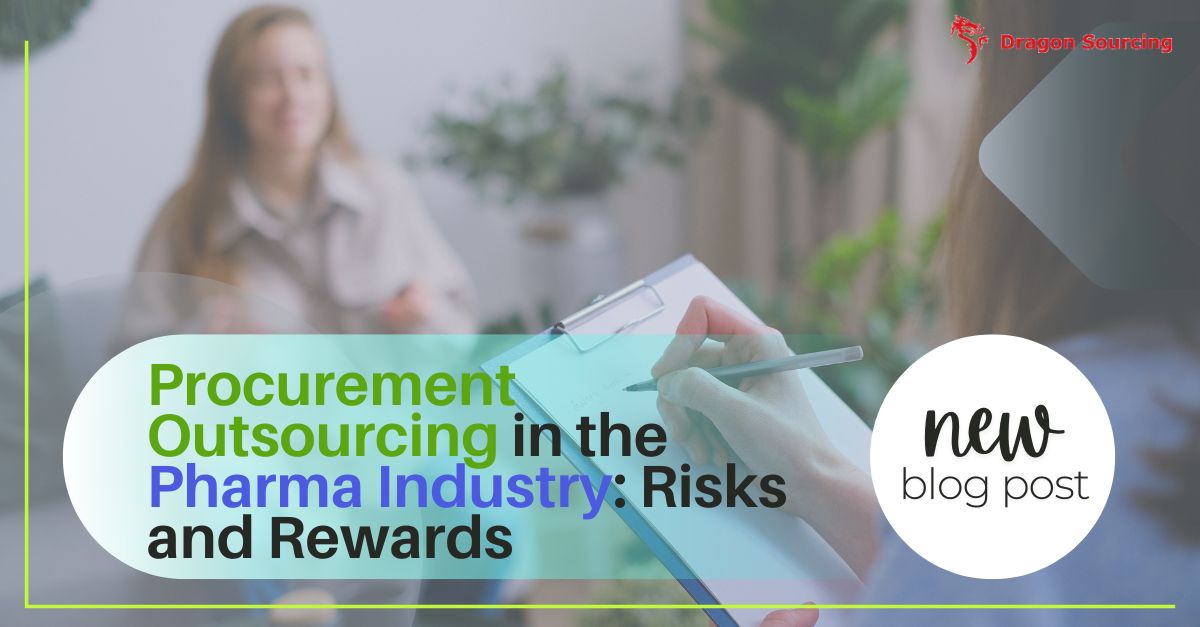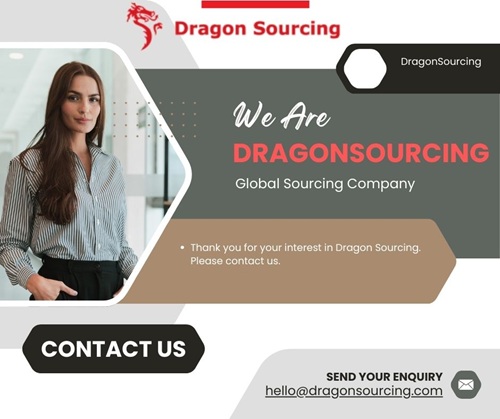
Summary: Procurement Outsourcing in the Pharma Industry – Risks and Rewards
Cost Efficiency: Reduces procurement costs through economies of scale and supplier negotiation expertise.
Focus on Core Functions: Frees up internal resources for R&D and innovation.
Specialized Expertise: Ensures regulatory compliance through domain-specific knowledge.
Scalability: Helps pharma companies respond quickly to market or demand changes.
Risks: Includes regulatory non-compliance, IP theft, lack of visibility, and supplier quality issues.
Mitigation: Choose experienced partners, define clear KPIs, maintain oversight, use hybrid models, and adopt digital tools.
Conclusion: Strategic outsourcing can drive efficiency and agility if risks are well managed.
In the highly regulated and competitive pharmaceutical industry, companies are under constant pressure to reduce costs, accelerate time-to-market, ensure quality, and maintain compliance. Against this backdrop, procurement outsourcing has emerged as a strategic approach to streamline operations and create value. While the potential benefits are substantial, the industry also faces distinct challenges when outsourcing procurement functions.
This article explores the rewards and risks of procurement outsourcing in the pharma sector and provides strategic insights for pharmaceutical companies considering or managing such partnerships.
Understanding Procurement Outsourcing in Pharma
Procurement outsourcing involves delegating certain or all procurement activities—such as supplier selection, contract negotiation, sourcing, and purchase order management—to a third-party service provider. In pharma, this can extend to raw materials, active pharmaceutical ingredients (APIs), packaging, clinical trial materials, and more.
There are typically two models:
Tactical Outsourcing: Focuses on operational procurement tasks (e.g., order processing).
Strategic Outsourcing: Involves sourcing strategies, supplier management, and risk mitigation.
Due to the complexity of pharmaceutical supply chains, many companies now adopt hybrid procurement outsourcing models to gain the best of both worlds.
The Rewards of Procurement Outsourcing in Pharma
1. Cost Efficiency and Spend Optimization
Cost-saving is the most apparent advantage of outsourcing. Third-party procurement service providers bring economies of scale, specialized negotiation skills, and category expertise that often lead to 5–20% reductions in procurement costs.
They also enable:
Access to global supplier networks
Better pricing models
Process standardization that reduces waste and maverick spend
2. Focus on Core Competencies
Outsourcing allows pharmaceutical companies to concentrate resources on R&D, regulatory affairs, and product innovation while the procurement partner handles sourcing complexity. This leads to:
Faster product development cycles
Improved operational efficiency
3. Access to Specialized Expertise
Third-party procurement providers often have dedicated pharma teams familiar with GMP, FDA regulations, serialization, and pharma-grade material sourcing. This domain-specific knowledge ensures compliance and helps avoid supply disruptions or regulatory red flags.
4. Enhanced Agility and Scalability
Pharma markets are volatile, driven by patent cliffs, drug pricing reforms, and changing demand patterns. Procurement outsourcing provides scalability, allowing companies to respond faster to:
Sudden changes in demand
Regulatory shifts
Supply chain disruptions (like during COVID-19)
5. Technology and Analytics Integration
Many procurement outsourcing partners offer digital procurement platforms equipped with:
Spend analytics dashboards
Supplier performance management tools
AI-based sourcing algorithms
This level of data-driven decision-making is difficult to replicate in-house for smaller or mid-sized pharma firms.
The Risks and Challenges
While the benefits are compelling, procurement outsourcing in pharma is not without pitfalls. Due to the industry’s regulatory nature and the critical nature of medical products, mistakes can be costly—both financially and reputationally.
1. Compliance and Regulatory Risk
Pharma procurement is governed by strict regulations such as:
FDA (Food and Drug Administration)
EMA (European Medicines Agency)
ICH guidelines
GxP compliance
Any misstep in supplier qualification, documentation, or quality control can lead to regulatory penalties or product recalls.
Outsourcing does not shift accountability—even if a third party is managing procurement, the pharma company remains responsible for compliance.
2. Loss of Control and Visibility
Delegating procurement can lead to:
Reduced oversight of supplier performance
Lack of real-time visibility into supply chain activities
Dependency on external partners for crucial decision-making
This is particularly risky when sourcing APIs or ingredients from countries with variable quality standards or political instability.
3. Intellectual Property (IP) Risks
Pharma companies invest billions in developing proprietary formulas and clinical trial data. Outsourcing procurement—especially when involving contract manufacturers or overseas suppliers—raises IP protection concerns. Without stringent contracts and audits, trade secrets may be vulnerable.
4. Cultural and Communication Barriers
Global procurement outsourcing often involves interacting with suppliers across Asia, Europe, or Latin America. Misunderstandings due to cultural differences or language gaps can result in:
Delays in deliveries
Misinterpretation of quality standards
Inefficient collaboration
5. Long Onboarding and Transition Period
Transferring procurement functions isn’t plug-and-play. It requires:
Integration of IT systems
Training and knowledge transfer
Aligning internal stakeholders
This can take several months, during which productivity may temporarily dip.
Mitigating the Risks: Best Practices
To fully capitalize on the benefits while minimizing risks, pharma companies should adopt the following strategies:
1. Due Diligence in Partner Selection
Select procurement partners with:
Experience in the pharmaceutical domain
Track record of compliance with global regulations
Strong data protection and cybersecurity policies
Conduct thorough audits before and after onboarding.
2. Define Clear SLAs and KPIs
Establish metrics such as:
Cost savings achieved
Supplier defect rate
On-time delivery performance
Regulatory compliance score
These metrics should be reviewed regularly in quarterly business reviews (QBRs).
3. Maintain Strategic Oversight
Even when procurement is outsourced, retain a central procurement governance team internally to:
Monitor supplier performance
Ensure compliance
Oversee quality checks
4. Build a Hybrid Procurement Model
Many pharma companies now adopt a hybrid outsourcing model, where:
Tactical procurement is outsourced
Strategic sourcing is retained in-house
This provides the agility of outsourcing while maintaining control over critical decisions.
5. Invest in Digital Procurement Tools
Leverage platforms that provide:
End-to-end visibility into spend
Supplier risk profiling
Contract lifecycle management
This enhances transparency and enables proactive issue resolution.
Case Example: Procurement Outsourcing at a Global Pharma Company
A leading European pharmaceutical company outsourced a significant portion of its procurement operations to a global BPO firm. Initially focused on tail-spend management and tactical sourcing, the relationship evolved into strategic procurement collaboration over five years.
Results:
18% reduction in sourcing costs
Enhanced visibility into over 400 suppliers
Consolidated supplier base across 15 countries
Improved regulatory compliance scores in FDA audits
This success was driven by clear SLA agreements, joint digital transformation projects, and ongoing knowledge-sharing between the client and outsourcing partner.
Conclusion
Procurement outsourcing in the pharmaceutical industry presents both strategic rewards and critical risks. Done right, it can enable cost savings, process efficiency, and innovation. However, the stakes are high when it comes to compliance, quality, and IP protection.
The key to success lies in:
Choosing the right partner
Retaining oversight
Aligning outsourcing with business objectives
Investing in digital tools and supplier relationship management
As pharma companies face continued pressure to do more with less—especially in a post-pandemic world—procurement outsourcing, approached strategically, can be a vital lever for resilience and growth.
Resources:
Deloitte. (2023). Global Chief Procurement Officer Survey
https://www2.deloitte.com/global/en/pages/operations/articles/cpo-survey.html
McKinsey & Company. (2022). Strategic sourcing in pharma: Unlocking value in turbulent times
https://www.mckinsey.com/industries/life-sciences/our-insights/strategic-sourcing-in-pharma
ISG Research. (2023). Procurement BPO Market Trends Report
https://isg-one.com/research
World Health Organization (WHO). (2022). Good procurement practices for pharmaceutical products
https://www.who.int/publications
EY. (2021). Pharmaceutical Supply Chain 4.0: Reimagining procurement
https://www.ey.com/en_gl/life-sciences



